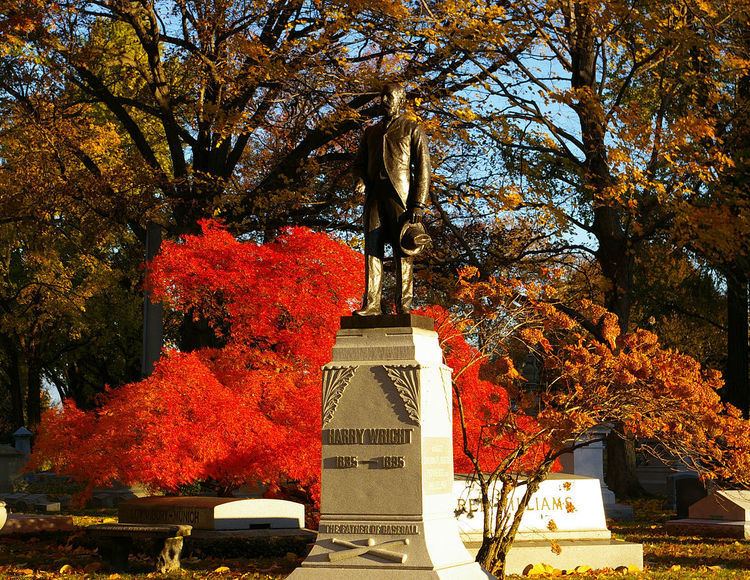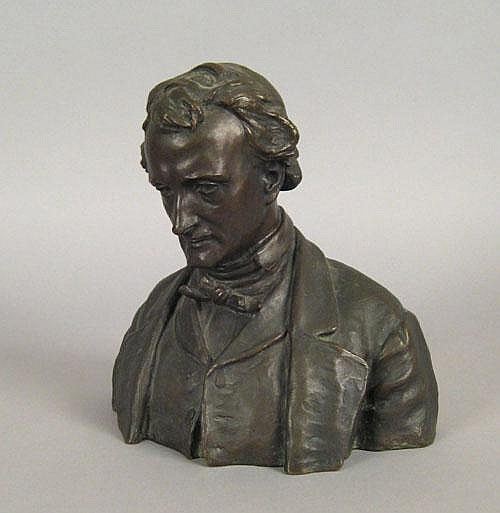Name Edmond Quinn | ||
 | ||
Education Pennsylvania Academy of the Fine Arts | ||
Edmond thomas quinn
Edmond Thomas Quinn (1868, Philadelphia, Pennsylvania – September 1929, New York City) was an American sculptor and painter. He is best known for his bronze statue of Edwin Booth as Hamlet, which stands at the center of Gramercy Park in New York City. His larger-than-lifesize bronze bust of Victor Herbert stands near The Pond in Central Park, New York City.
Contents
- Edmond thomas quinn
- Edmond Thomas Quinn
- Education
- Career
- Death
- Paintings
- Sculptures
- War memorials
- Hall of Fame for Great Americans
- References

Edmond Thomas Quinn
Education
He studied painting at the Pennsylvania Academy of Fine Arts under Thomas Eakins. Following Eakins's February 1886 forced-resignation from PAFA, Quinn followed him to the Art Students League of Philadelphia, and later became that short-lived school's curator. In Paris he trained for a time as a sculptor in the studio of Jean Antoine Injalbert.
Career
He exhibited regularly at the National Academy of Design, showing paintings in 1891, 1893, 1905, 1906 and 1907. He first showed his sculpture there in 1908, and annually for many years, usually portrait busts. He won a silver medal for his sculpture at the Panama-Pacific Exposition, San Francisco, 1915. He also exhibited at the Pennsylvania Academy of Fine Arts (paintings: 1891, 1894, 1897; sculptures: 1899, 1901, 1905-06, 1908-10, 1914-16, 1921, 1923, 1925-26, 1928, posthumously 1930), and the Art Institute of Chicago.
He was elected an Associate of the National Academy of Design in 1920, and was a member of the National Sculpture Society, the Century Association, the American Academy of Arts and Letters, and the Players Club, for whom he executed his statue of Booth.
Quinn was recognized as being a fine portraitist whose work "shows taste and conscience." His portrait busts include Franklin Hooper, Sylvester Malone, Edwin Markham, Vicente Blasco Ibáñez, Padraic Colum and Eugene O'Neill. His half-length, oil-on-canvas portrait of Attilio Piccirilli, the sculptor whose studio executed many works of American Beaux-Arts masters, is in the National Academy of Design, as are his painted portraits of Furio Piccirilli and Sherry E. Fry. The National Portrait Gallery has a large number of his portrait busts.
Death
Quinn was found drowned off Governors Island, New York City in September 1929, a suicide. Quinn had tried to kill himself four months earlier by drinking poison.
Quinn's papers are at Yale University.
